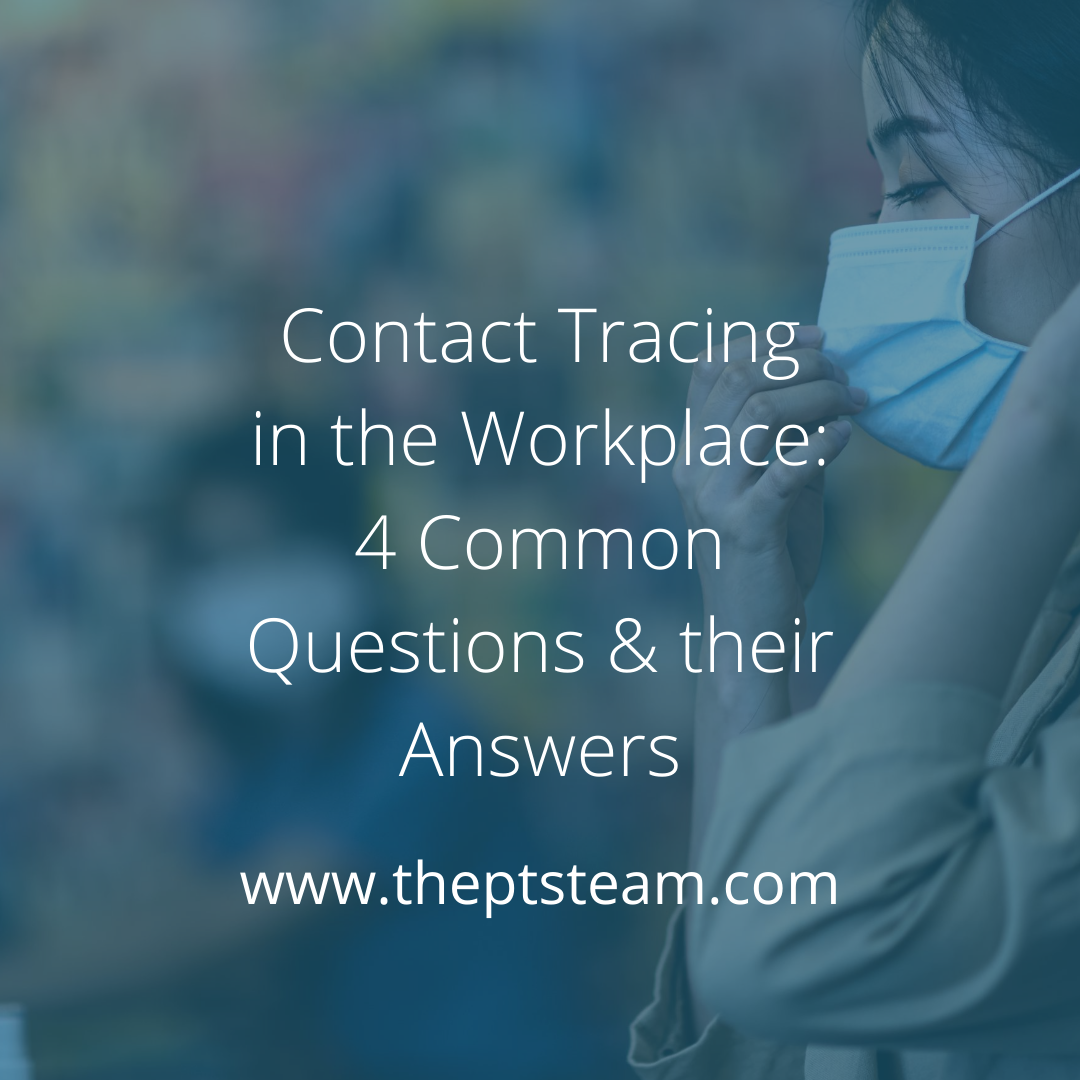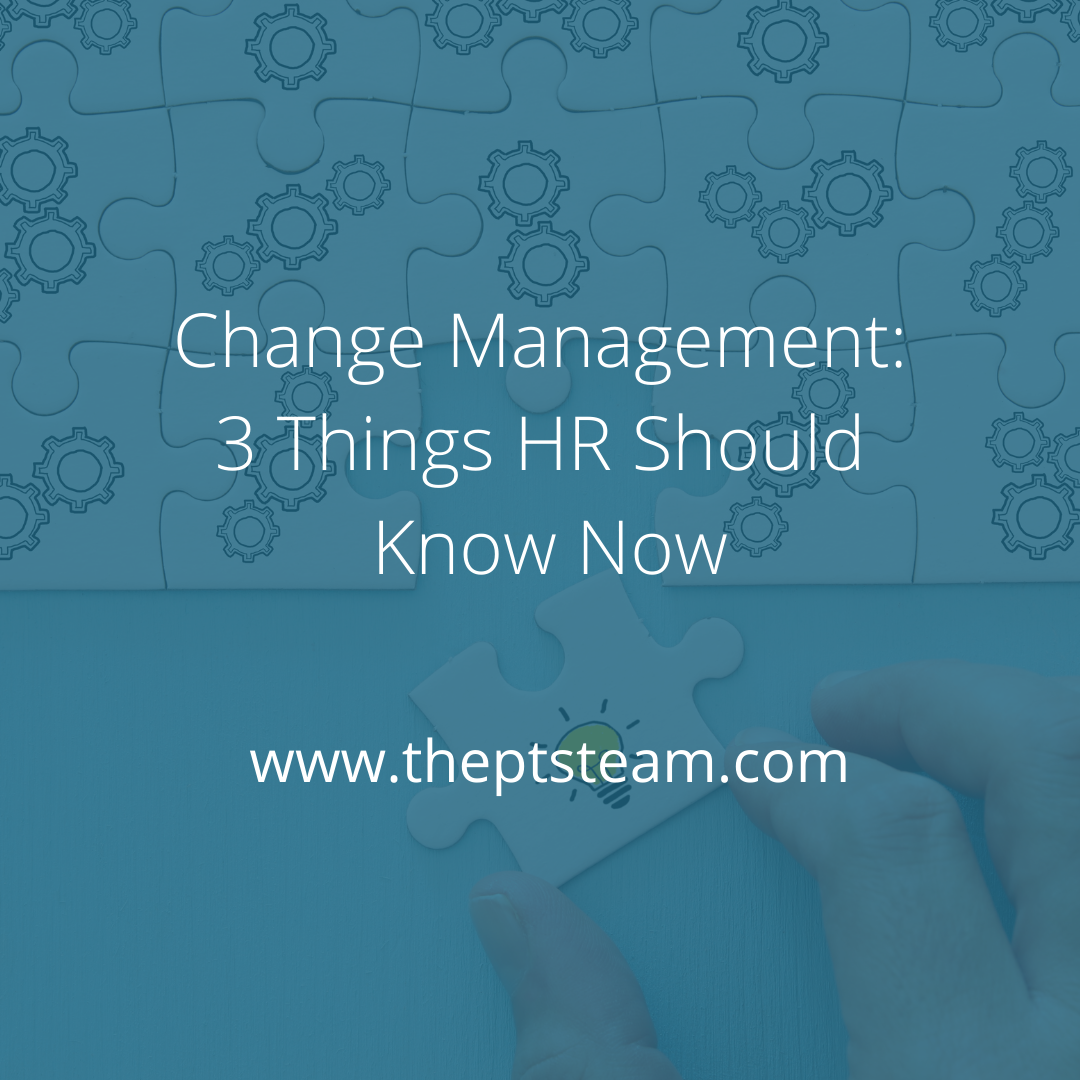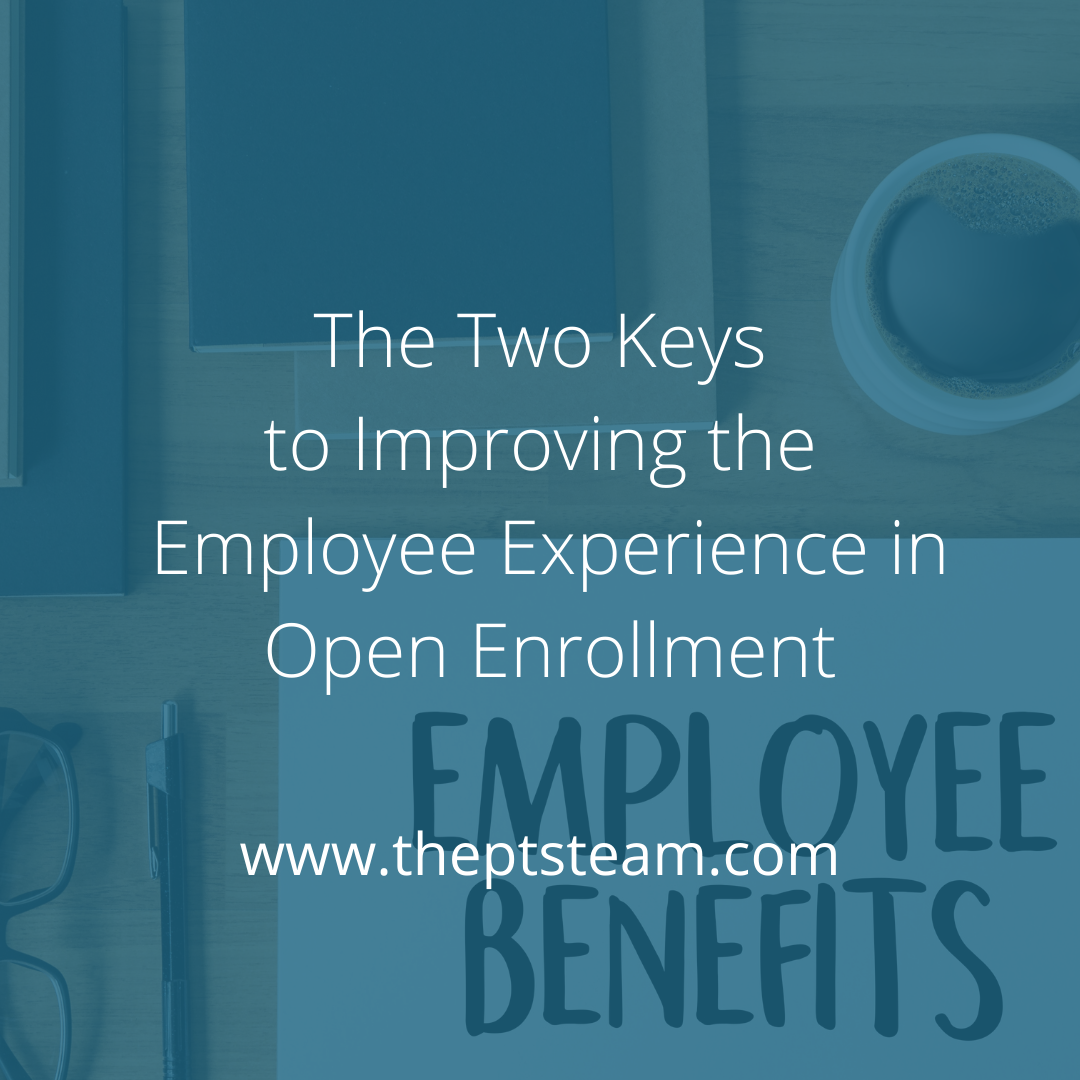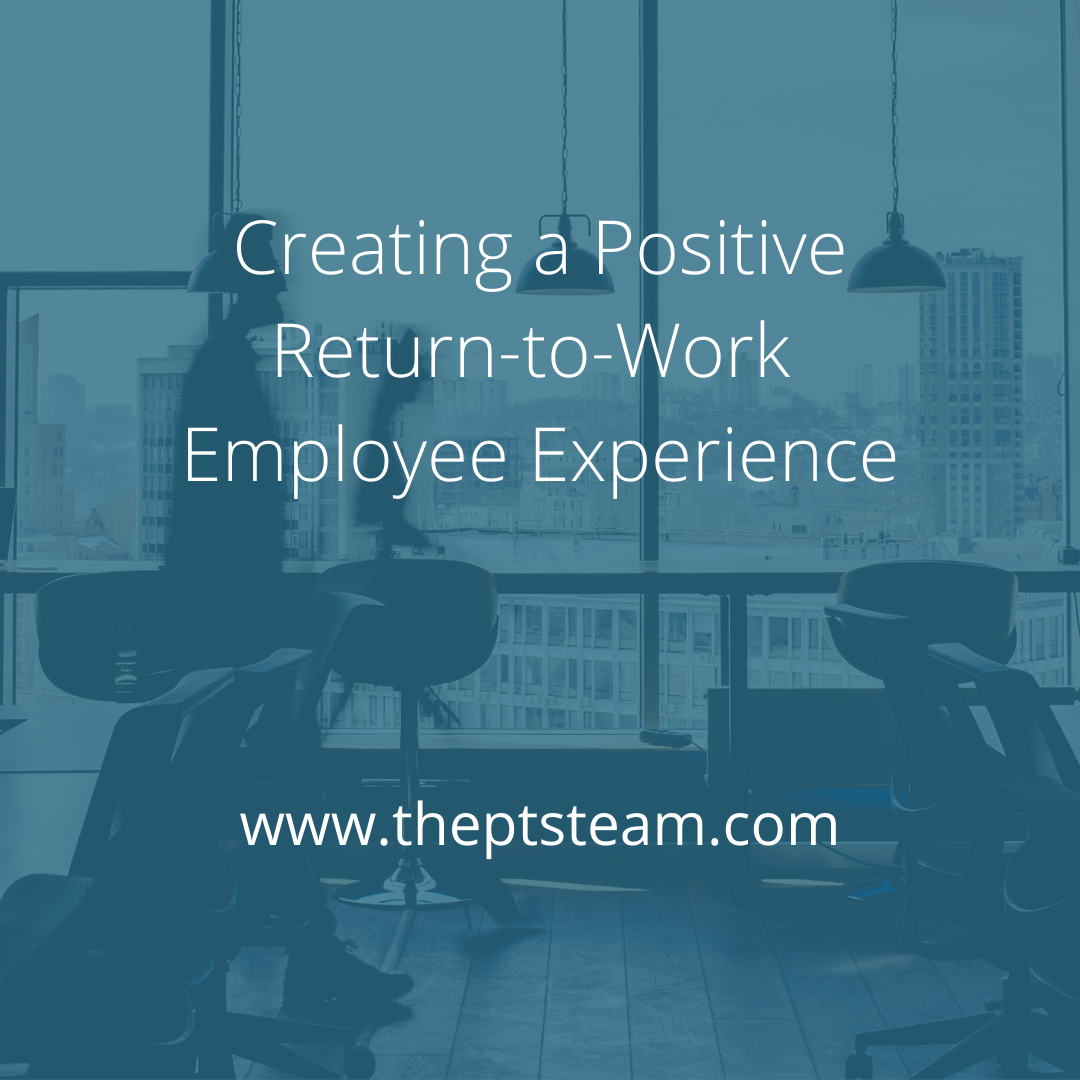Closing a workplace due to a COVID-19 outbreak is costly, disruptive, and scary. Workers worry when colleagues are infected.
Contact tracing in the workplace reduces risk by quickly warning employees of possible exposure and speeding the sanitization of areas that may have been infected. Employers do not have to close facilities completely or send employees home en masse. Businesses can keep running and employees can keep working.
Unintrusive contact tracing instills confidence in employees as well. Safety measures comfort them and real-time responses to risks re-assure them that their company cares.
Employers often start to explore contact tracing by asking these questions.
1) Could contact tracing protect employees from infection?
Contact tracing can save lives by stopping a single infection from ballooning into an outbreak. If one employee tests positive for COVID-19, you can quarantine them as well as anyone else they may have been near. This can prevent additional employees from being exposed.
Removing any traces of the virus from areas where they had been recently, like break rooms or meeting spaces, could also prevent more employees from becoming sick. Pinpointing where an infected employee has been helps their employer prioritize those areas for sanitization without disrupting work elsewhere.
2) How could an organization protect the privacy of its employees if it implements contact tracing?
Though digital contact tracing could be a potential game-changer in the COVID-19 pandemic, the sensitive personal data collected by DCT applications “largely falls through the cracks of existing U.S. data protection laws,” Mary Hildebrand of Lowenstein Sandler LLP wrote about how privacy concerns multiply as digital contact tracing spreads. “As businesses across the country begin to reopen and DCT expands, the glaring absence of any national consensus on data protection is impossible to ignore.”
DCT technology can track the locations of employees as well as their personal health information. “Organizations need to remain vigilant regarding evolving state, federal, and foreign laws that may impact one or more aspects of DCT apps and the information they collect,” Hildebrand wrote.
3) What should a company include in its contact tracing plan?
Employers should be ready to quickly identify and isolate employees who came into close contact with a co-worker that has been diagnosed with COVID-19. The Centers for Disease Control and Prevention’s contact tracing principles define a close contact as someone who was within 6 feet of an infected person for at least 15 minutes during the 48 hours before the employee diagnosed with the virus was isolated. Exposed employees should stay home, maintain social distancing, and self-monitor until 14 days from the last date of exposure, per CDC guidelines.
The Society for Human Resource Management offers the following suggestions for contact tracing for employers.
- Prepare a plan that includes processes for identifying and notify contacts.
- Ensure that employees know that if they are diagnosed with COVID-19 they will be asked to provide a list of contacts at work.
- Protect the name of an infected employee so that only the people conducting the contact tracing know who has been diagnosed.
- Document contact-tracing efforts so that there is a record of attempts to notify employees who may have been exposed.
- Coordinate with state and local health departments to prevent COVID-19 from spreading within the workplace and the community.
- Follow-up with quarantined employees to check on their health. Launch additional contact tracing if any of them display symptoms of COVID-19 or have been diagnosed with the virus.
4) How could digital contact tracing technology protect the health and privacy of employees?
Employers can respond to risks quicker when they know who may have been exposed sooner. So, contact tracing could become a regular part of office life as employers increasingly track employees through means like cell phones, laptops, ID badges, wearables, and light sensors.
Contact tracing apps can reduce the chance of transmission by automatically alerting employees who may have been exposed to an infected co-worker. Technology can also automate alerts for managers and immediately dispatch crews to clean areas that may be contaminated.
For example, if an employee begins feeling sick at work, they may be able to use an app on their smartphone to update their health status. If they are diagnosed with COVID-19, then the app could automatically alert co-workers who may have been exposed through close contact with the infected worker or by being in an area where their colleague may have been as well.
Workers worry less when they know that their employer has put protocols in place to prevent the spread of COVID-19. Contact tracing in the workplace keeps a business running by keeping its employees safe.
The Providence Technology Safe@Work Solution is a comprehensive and complete return-to-work platform that protects employees, including by streamlining and speeding contact tracing.
Contact us today to discuss your return-to-work needs online, by email at info@theptsteam.com or by calling 904.719.8264.














